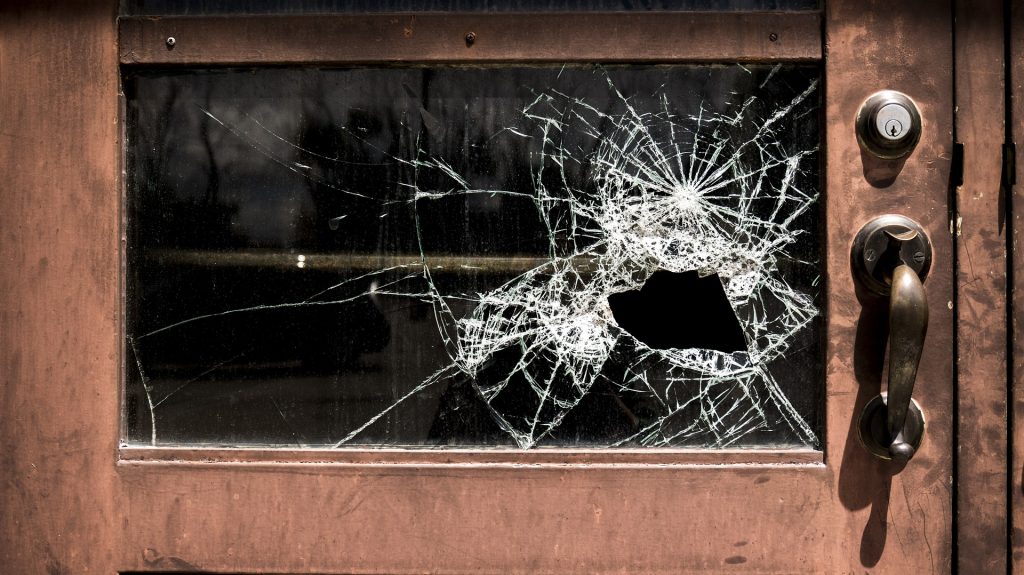
“Liberty is always dangerous, but it is the safest thing we have.”
… Harry Emerson Fosdick (1878 – 1969) US clergyman
Here’s a question for you. Do you feel that the world is predominantly a safe or a dangerous place?
Take some time to answer this question before reading ahead.
How you have answered that question goes a long way to establishing your values and your ways of being in life. For example, your political stance will be coloured by your response. Those who see the world as more dangerous will tend to have a conservative view and focus heavily on issues such as national security and closing the borders. Those who see the world as predominantly safe will tend to more progressive views on those subjects. This is well known by those in politics and so political parties seek to portray themselves as strong on national security to capture the more conservative voters. It is also why it is in some politicians’ interest to make us feel less safe and so we find ourselves subjected to various scare campaigns.
Our general assessment of a safe or dangerous world also underpins our responses to everyday situations. If someone tends to see the world as unsafe and people as a potential threat then their initial stance is likely to be a defensive one. This approach has people deal with the threat first leading to aggressive/defensive and passive/defensive responses focused on getting away from the threat. On the other hand, tending to see the world as a safer place allows us to focus our energy on what we want to create rather than what we want to avoid leading to a more constructive approach to life.
These stances also play out in an organisation’s culture. Any organisation is going to include people with a wide variety of views on the world as a safe or dangerous place. Most organisations who undertake culture initiatives focus on people’s behaviour and rarely consider the impact of the organisational climate in which their people work. Organisations that continue to heap more and more pressure on their employees, turn a blind eye to bullying and regularly go through major redundancy programs can hardly expect a constructive culture, but many do.
So if you are looking to develop a better organisational culture, give some thought to how to give people a stronger sense of safety and certainty as part of that process. I am not implying that organisations should not be adaptable or ask people to perform at reasonable levels, however how those things are done can speak volumes about an organisation’s values and the culture it seeks to evolve.
Related Concepts